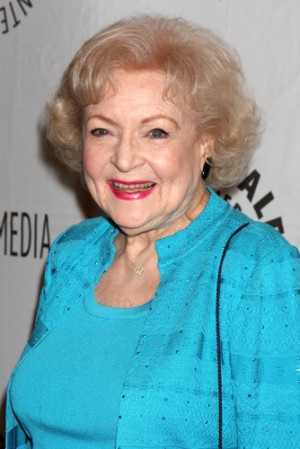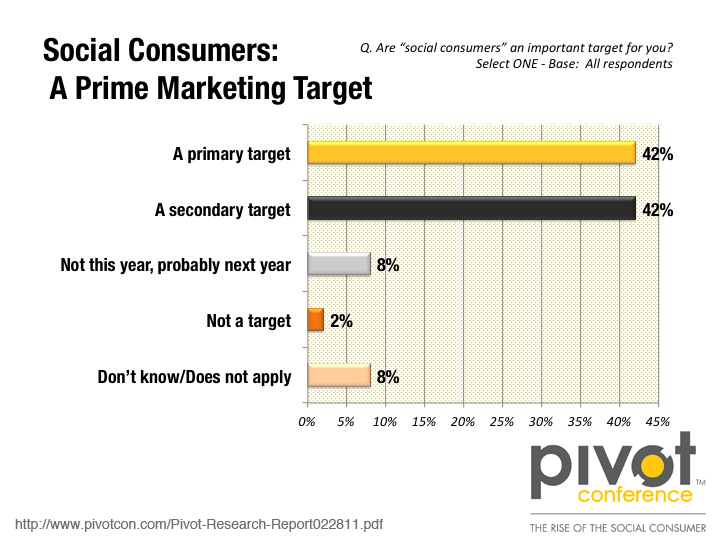The Strategy And Success Behind Viral Marketing
Stock image from Shutterstock, used under license. Who doesn’t love Betty White? The supremely funny octogenarian has delighted audiences for most of her adult life. Her successes date back to the days when radio was king and men wore fedoras without irony. Yet White’s popularity – at the twilight of her working career — is […]
Stock image from Shutterstock, used under license.
Who doesn’t love Betty White? The supremely funny octogenarian has delighted audiences for most of her adult life. Her successes date back to the days when radio was king and men wore fedoras without irony.
Yet White’s popularity – at the twilight of her working career — is at an all-time high. Why?
Because Betty White went viral in 2010.
Viral Marketing
Viral marketing depends on consumers spreading the word about a specific product or service. A well-executed viral marketing campaign engages the consumer, drawing her in as a transmission vector for the marketing message.
Much like a biological virus, a viral marketing campaign spreads from person to person to person, generally beyond the control of Patient Zero. It’s the social-media version of word-of-mouth testimonials.
Viral campaigns can flop – as in, “no one notices” — so there is a serious element of risk. But if a company is willing to accept that risk, a combination of the right message and right distribution channels can work marketing magic.
Creating A Viral Message
The first rule of viral marketing: Craft a compelling message. Jeff Hicks of Crispin Porter + Bogusky suggests that “viral is the ultimate invitation” – an invitation to consumers to act on their intrigue and engage with a specific marketing idea.
Hicks doesn’t think that the traditional methods of marketing – disruption and interruption – can be as effective. His advice seems reasonable given the background noise of the advertising world and the increasing disengagement of younger customers from traditional advertising paradigms.
Consider, for example, the all-important Millennial Generation, those born since 1980. Millennials represent “a cohort that has achieved a high degree of success while still enjoying much free time, because most waiting and inefficiency has been removed from their lives,” according to management consultant Mark Healy.
Millennials don’t like being marketed to; they are accustomed to instant gratification and they value independent thinking. The hook for this generation is to provide them with a compelling marketing message – either through brand loyalty, or through unique storytelling that doesn’t feel like advertising.
Be careful, though, to ensure that a campaign maximizes its appeal, since winning a boutique niche is small consolation for losing the larger market. Lisa Barone, of Outspoken Media, makes the point most clearly: “Sales is about persuasion, persuasion requires emotion, emotion requires connection. You have to connect better.”
Millennials are over-represented in the social-media distribution channels favored in today’s viral campaigns, but audiences of any generation respond well to a solidly delivered message.
Ergo: Hook them in with humor, intrigue or a unique angle. Make the message worth retelling, and tell the message in a way that delights or amuses but absolutely connects on an emotional level to as many potential customers as the distribution channel allows.
Distribution Channels
Viral marketing is foremost a social-media phenomenon. Beware, however – the viral idea has gone viral itself. More companies are looking at “social customers” as the next major target of their marking dollars.
In October 2010, for example, attendees of the Pivot Conference – which focused on socially connected customers – emphasized social media marketing and brand marketing ahead of other distribution channels, with 75 percent of respondents to a pre-conference survey reporting that they will increase their attention on social media.
The logic? Because a viral message communicates through the social space, an effective viral marketing program needs to be easily propagated among social networks. Web links, Tweets, and especially YouTube videos transmit easily, as do various permutations of Facebook “like” flags.
The most brilliant marketing campaign won’t go viral if consumers aren’t given the tools to propagate content. Therefore, integration with social sites becomes paramount. And designing sites and content to push quickly and seamlessly through mobile devices helps even more.
There’s a paradox implied here: If more and more major marketing agencies are looking to social media and viral messaging as their next major push, then the bar rises a bit with every successful program.
Like Roman mobs watching the bloodbath at the Circus, it will take more and more and more to earn mass mindshare, since the ubiquity of viral strategies may serve as an inoculation to the target market. After all, everyone remembers Blair Witch Project, but who remembers Blair Witch 2?
Success Stories
Some of the best viral marketing campaigns featured intrigue, humor or popular fan support. The movie Cloverfield, released in 2008, enjoyed a strong initial boost from a viral campaign that included only dates (no names!) of the film on trailers, and various hints that aroused curiosity without disclosing too much.
The early 2011 meltdown of actor Charlie Sheen so captivated audiences with its mixture of the surreal and the unintentionally comedic that Sheen got a million Twitter followers in a single day and some of his catch phrases (like “Adonis DNA” and “tiger blood”) blew the top off of Internet meme lists.
Then, of course, there’s Betty White – whose recent renaissance started with a single Facebook fan who started an online petition to lure White into hosting Saturday Night Live. The petition went viral, White appeared on SNL, a few funny commercials ensued – including a memorable Snicker’s spot during the 2010 Super Bowl – and overnight, this white-haired comedienne became one of the hottest acts in the industry.
Behold, the power of viral marketing.
Contributing authors are invited to create content for Search Engine Land and are chosen for their expertise and contribution to the search community. Our contributors work under the oversight of the editorial staff and contributions are checked for quality and relevance to our readers. The opinions they express are their own.
Related stories
New on Search Engine Land

